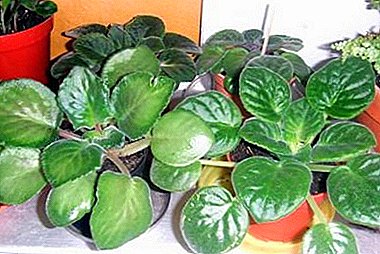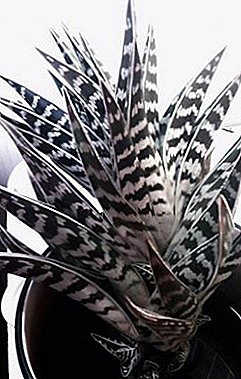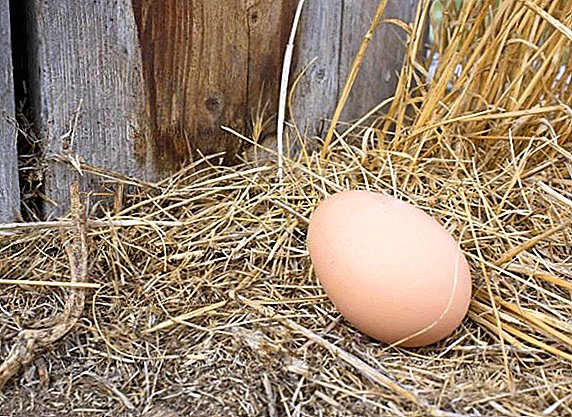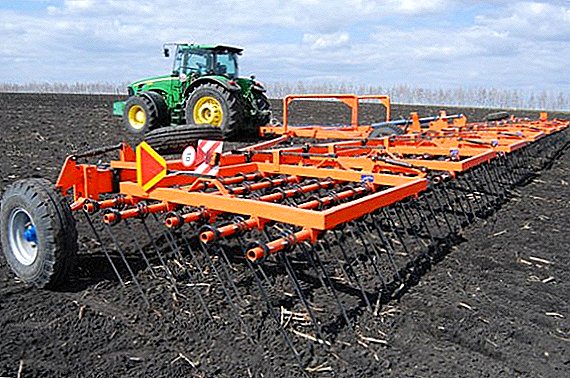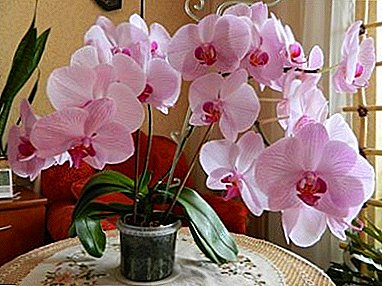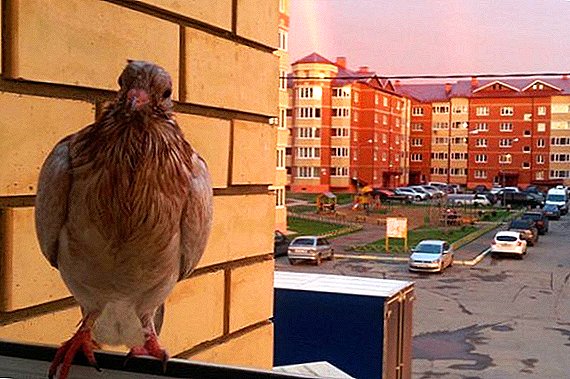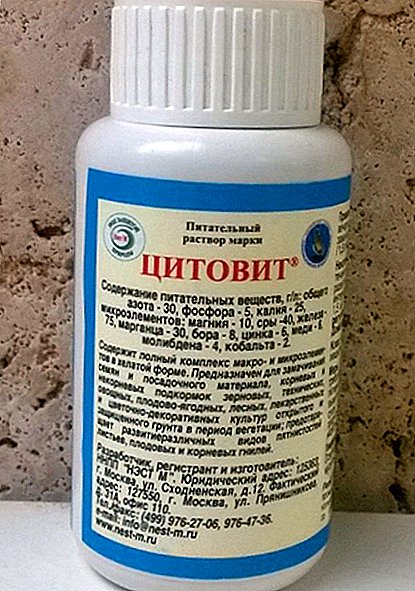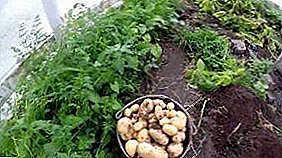
Grow potatoes in a greenhouse all year round - quite profitable occupation. If the greenhouse is heated, then the tubers planted in December, will yield in early spring, and if the new potatoes are planted in August, then full maturity will come to Christmas. To get this result, need to choose the right grade and ensure proper care.
Pluses greenhouses
- grow potatoes can be eight months a year;
- greenhouse harvest has a large volume;
- the presence of harmful insects and other pests is reduced to zero;
- minimal care
Variety selection
Choosing a grade, pay, first of all, attention to ripening terms. Fit for these purposes, the earliest and very early are best.
From those adapted for growing in a greenhouse, two popular varieties can be distinguished:

- Priekule early - variety belonging to the earliest. It has a medium height bush and good foliage. The rind and the tubers themselves are white. The shape is round, slightly elongated. Taste is satisfactory. It grows well in thickened plantings. Of the disadvantages - instability to late blight.
- Kharkov early - The variety is heat resistant and very fruitful. Tubers are round, slightly flattened, white. Medium leafy bush, taste is satisfactory.
Even in the greenhouse you can successfully grow sweet potatoes, sweet potatoes.
Greenhouse requirements
Any kind of greenhouse is suitable for growing potatoes:
- Film. It can be made on the basis of a metal or wooden structure. The advantage of this construction is the low price and the possibility of self-erection, without the help of experts.
- Polycarbonate. Not cheap and at the same time very popular among farmers in recent times. The advantage of polycarbonate coating is ease of installation and absolute tightness.
- Glass. Greenhouse has a high cost, but the undoubted advantage is its strength and durability.
Growing secrets
Planting material
To have a good harvest, you must first take care of the quality of seed tubers. Their available from suppliers or prepare your tubers, having good characteristics and collected from high bushes.
If you use your own planting material, the preparation for the future harvest should begin in the fall. Tubers must be intact.. They should be washed and soaked in a light solution of potassium permanganate for 3-5 minutes. After that, dry the potatoes well and, spread out in one row, leave in the sun for landscaping.
 The landscaping method contributes to better seed germination in the spring. Green tubers do not germinate in the basement ahead of time, and thus prepared potatoes no interest to mice.
The landscaping method contributes to better seed germination in the spring. Green tubers do not germinate in the basement ahead of time, and thus prepared potatoes no interest to mice.
Planted potatoes are only suitable for planting, it is absolutely impossible to eat it.
Three weeks before the intended planting, the tubers should be taken out of the basement and spread out in the room for germination.
Optimal temperature for these purposes is 13-20 ° C. In the place of sprouting potatoes need to create a certain moisture. To do this, decomposed tubers are sprayed with water from a spray bottle. It is important to prevent the size of shoots more than 1 cm.
Soil preparation
Soil preparation also begin to engage in the fall. Potatoes needs to get nitrogen and potassium and the best way to do this is applying manure or humus. After that, the earth is well digged and left until the planting season.
If the greenhouse is heated, then after the cessation of frost, you can start planting potatoes. Otherwise the soil should warm up to 5-6 ° C at a depth of at least 10 cm.
Landing
The method of planting potatoes in the greenhouse is as follows: flat rows should be laid in the ground and dig holes every 20-40 cm. Tubers prepared and germinated buried in in these holes to a depth of 6-7 cm and sprinkle with manure on top. It should be borne in mind that the distance between rows should be about 55-60 cm.
If there are very large tubers, they should not be cut to avoid the appearance of rot. In this case, you only need to increase the distance between the landings.
Sown tubers do not water for 20 days. And at the same time to create the desired climate, the ridges are covered with a film, which is removed when the first shoots appear. Watering increases with the beginning of flowering and bring the soil moisture to 90-100% HB.
Under favorable conditions, first shoots will appear above the surface already for 10-12 day. In a greenhouse, it is important to maintain a certain temperature at different stages:
- Growth period - 18-20 ° С
- Budding and flowering - 22-23 ° C
- Tuber formation - 16-18 ° С
The soil during the entire period should be as clean as possible from weeds and needs regular loosening and hilling.
Top dressing
 That the harvest was pleasing to the eye, absolutely not enough to plant germinated tubers in prepared land. Over the entire vegetation period culture requires timely food.
That the harvest was pleasing to the eye, absolutely not enough to plant germinated tubers in prepared land. Over the entire vegetation period culture requires timely food.
The first feeding is done immediately after germination. Best suited for this purpose manure or chicken droppings. To make it you need to take manure or droppings and mix with water in the ratio of 1:15.
The solution should stand for several days, after which it is ready for use. Water the bushes under the root necessarily after rain or abundant watering.
On one bush one liter of solution is consumed. Next feed before hilling. You can use the previous recipe, but you can use another, not less effective. Add one tablespoon of urea to a bucket of water or dissolve a ready-made fertilizer called "Mortar" in water. At this time, fertilizer consumption is half a liter per bush.
Still potatoes good responds to ash feeding. It is also dissolved in water, in a bucket of water 100 grams.
Feed Tips:
- Fertilization should be done in the evening and after watering or rain.
- The solution should not fall on the leaves of the plant.
- Dry fertilizers are less effective than dissolved in water.
Observe all the conditions and advice is not easy, but the results will justify all the trouble. After all, the undoubted advantage of growing potatoes in greenhouse conditions is that with proper care and nutrition, tubers and shrubs are not affected by diseases.
What else can be grown in greenhouses, can be found on our website.
Useful information in the video:


